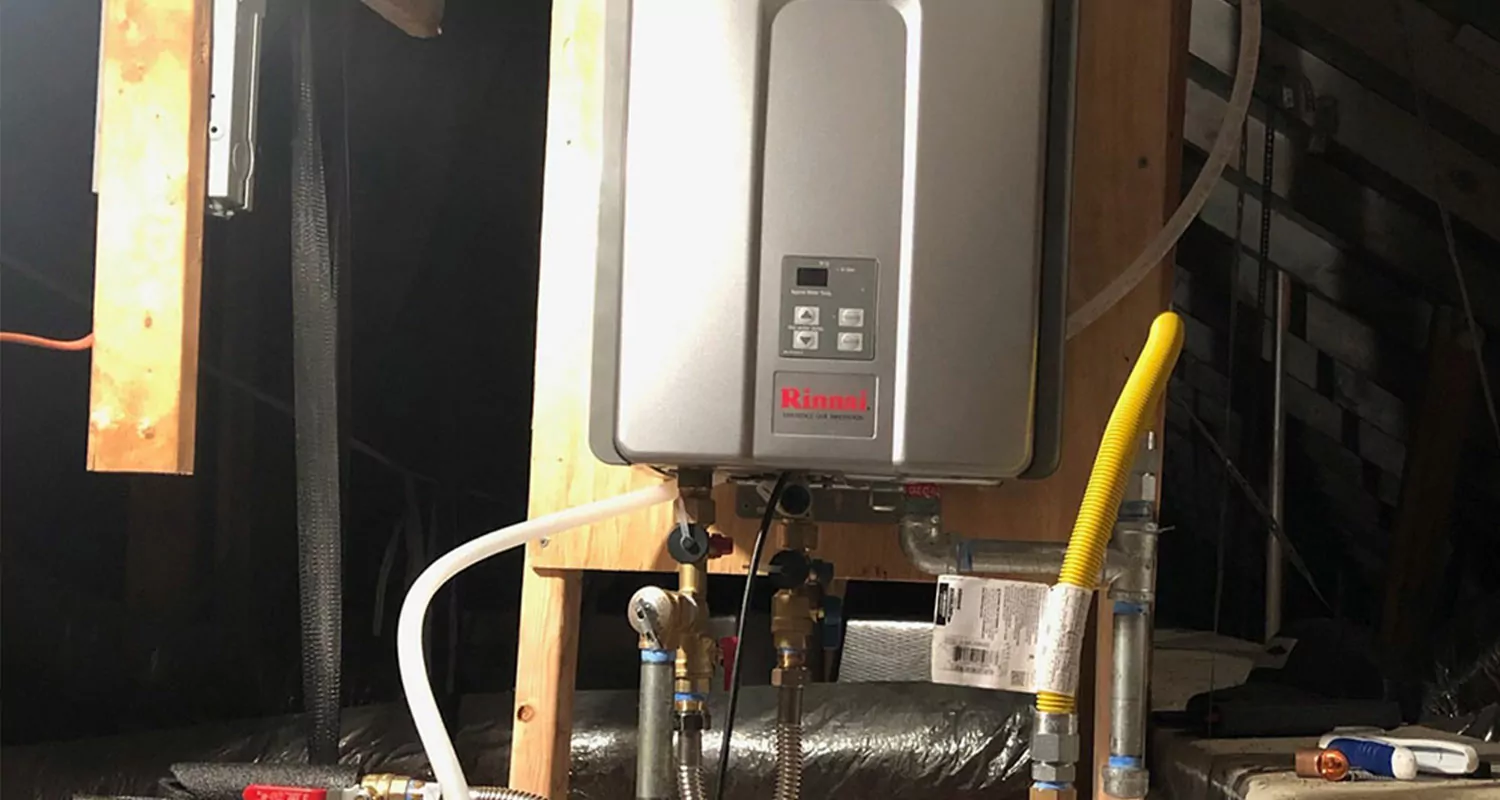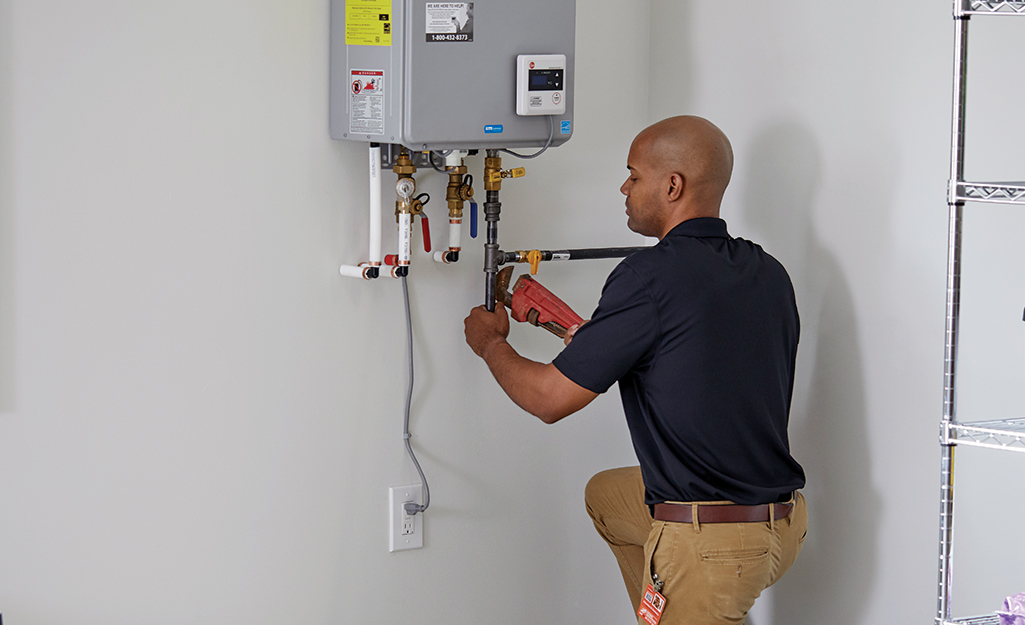Step-by-Step Guide to Caring for Your Home's Hot Water System
Step-by-Step Guide to Caring for Your Home's Hot Water System
Blog Article
They are making a few good pointers on What Kind of Maintenance Do Water Heaters Need? in general in this content below.

Warm water is necessary for everyday comfort, whether it's for a refreshing shower or cleaning meals. To ensure your warm water system runs effectively and lasts longer, normal maintenance is key. This write-up gives sensible pointers and understandings on exactly how to preserve your home's hot water system to stay clear of disturbances and expensive repair services.
Introduction
Maintaining your home's hot water system could appear complicated, however with a few simple steps, you can guarantee it runs smoothly for years to come. This overview covers everything from understanding your warm water system to do it yourself maintenance tips and recognizing when to employ expert help.
Importance of Preserving Your Hot Water System
Routine maintenance not just extends the life expectancy of your hot water system however also guarantees it operates successfully. Disregarding maintenance can bring about decreased performance, higher power costs, and also premature failing of the system.
Signs Your Warm Water System Needs Upkeep
Recognizing when your hot water system requires attention can stop major problems. Keep an eye out for signs such as irregular water temperature, unusual sounds from the heater, or rustic water.
Purging the Water Heater
Purging your hot water heater removes debris build-up, improving effectiveness and lengthening its life.
Checking and Replacing Anode Rods
Anode poles prevent rust inside the container. Inspecting and replacing them when broken is vital.
Facility Concerns Calling For Specialist Aid
Instances consist of significant leakages, electrical problems, or if your water heater is consistently underperforming.
Regular Specialist Upkeep Conveniences
Specialist upkeep can consist of detailed assessments, tune-ups, and making sure conformity with security requirements.
Checking and Changing Temperature Settings
Readjusting the temperature level setups makes sure ideal performance and security.
DIY Tips for Maintenance
You can perform numerous upkeep jobs yourself to keep your hot water system in leading problem.
Looking for Leaks
Frequently examine pipes and links for leakages, as these can cause water damage and higher costs.
Recognizing Your Warm Water System
Before diving into upkeep jobs, it's valuable to understand the basic parts of your warm water system. Usually, this consists of the water heater itself, pipelines, anode poles, and temperature controls.
Month-to-month Upkeep Tasks
Routine monthly checks can aid capture minor problems before they rise.
Checking Pressure Alleviation Valves
Checking the pressure safety valve guarantees it operates properly and prevents too much pressure buildup.
Shielding Pipes
Shielding warm water pipes minimizes heat loss and can conserve energy.
When to Call a Professional
While do it yourself maintenance is valuable, some problems require professional expertise.
Verdict
Regular upkeep of your home's warm water system is vital for efficiency, long life, and expense savings. By adhering to these ideas and understanding when to seek specialist assistance, you can ensure a trusted supply of hot water without unanticipated disruptions.
How to Maintain an Instant Hot Water Heater
Before tinkering with your hot water heater, make sure that it’s not powered on. You also have to turn off the main circuit breaker and shut off the main gas line to prevent accidents. Also turn off the water valves connected to your unit to prevent water from flowing into and out of the appliance. 2. When you’re done, you have to detach the purge valves’ caps. These look like the letter “T†and are situated on either side of the water valves. Doing so will release any pressure that has accumulated inside the valves while at the same time avoid hot water from shooting out and burning your skin. 3. When the purge valves’ caps are removed, you have to connect your hosing lines to the valves. Your unit should have come with three hoses but if it didn’t, you can purchase these things from any hardware or home repair shops. You can also get them from retail stores that sell water heating systems. Read the user’s manual and follow it to complete this task properly. When the hosing lines are connected, open the purge port’s valves. 4. You should never use harsh chemical cleaners or solutions when cleaning your unit. Make use of white vinegar instead. It should be undiluted and you’ll probably use about 2 gallons. 5. Now flush your water heater. This task should probably take about 40 minutes. We can’t give you specific directions for this because the procedure is carried out depending on the type, model and brand of your heater. With that being said, refer to the user’s manual. 6. When you’re done draining the unit, you have to turn off the purge port valves again. Remove the hosing lines that you earlier installed on each of the water valves. Put the valve caps (purge port) back in their respective places and be very careful so as not to damage the rubber discs that are found inside these caps. 7. Now that everything’s back in place, check your user’s manual again to find out how to reactivate your water heating system. 8. Once it is working, turn one of your hot water faucets on just to let air pass through the heater’s water supply pipes. Leave the tap on until water flows smoothly out of it. https://www.orrplumbing.com/blog/2014/september/how-to-maintain-an-instant-hot-water-heater/

As a passionate reader about How to Maintain Your Water Heater & Prolong its Life, I thought sharing that article post was a smart idea. Enjoyed our content? Please share it. Let someone else check it out. We cherish your readership.
Call Today Report this page